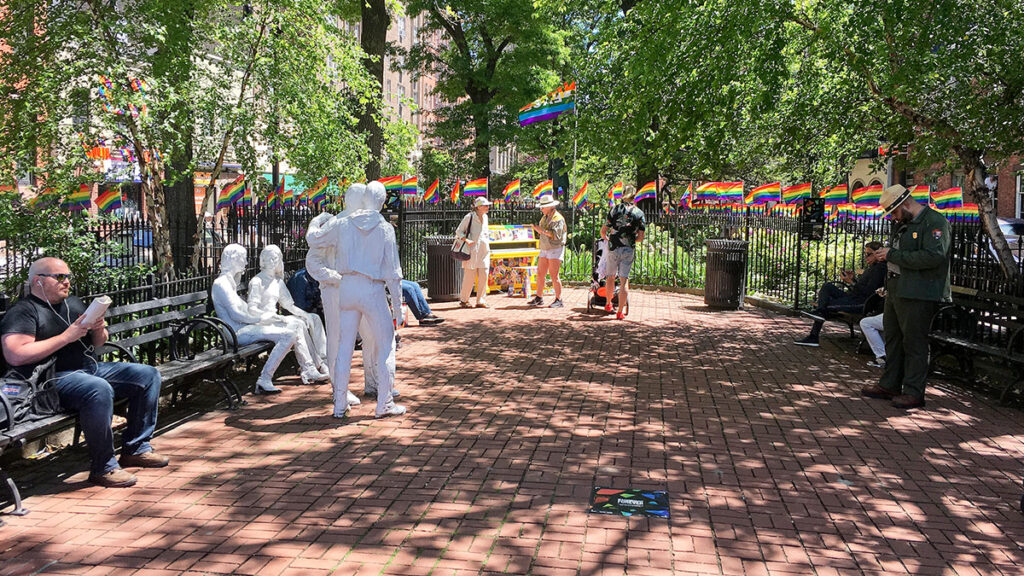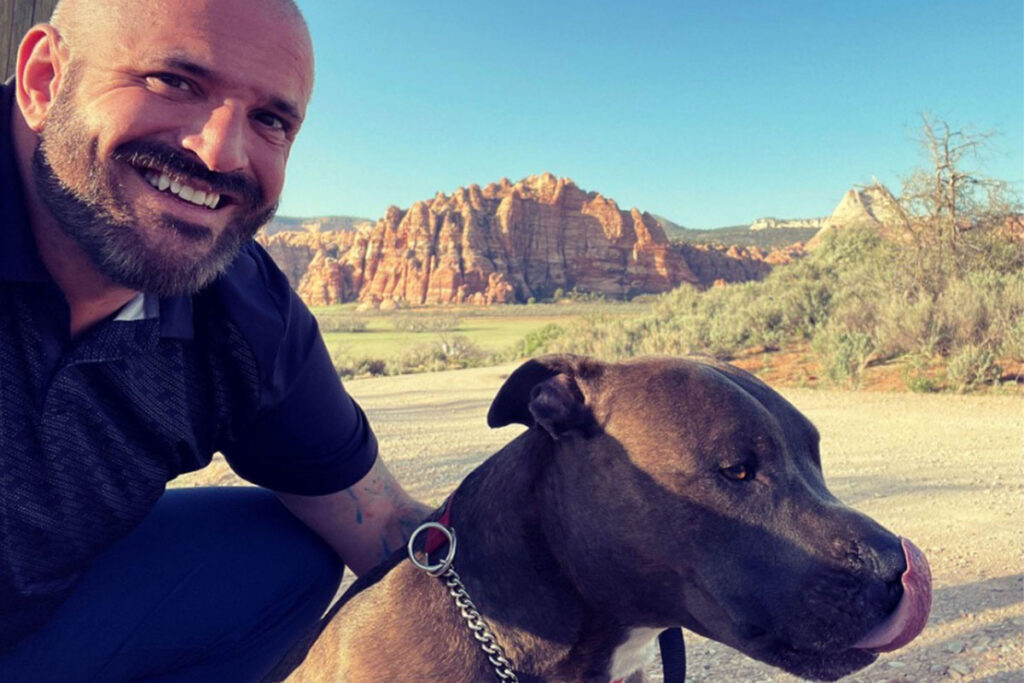7 U.S. National Parks and Sites You Should Visit
There are thousands of U.S. National Parks, forests, and monuments, covering millions of acres just waiting to ignite your spirit of adventure, connectedness, belonging, and place. Here are seven parks you need to visit if you’re a city-dweller, avid backpacker, or scene queen.
Zion National Park (Utah)
Zion National Park is perhaps best known for its steep red cliffs, countless hiking trails, and the scenic main drive but did you know that Zion is one of the best places to view the night sky without light pollution? I recently had the opportunity to join astronomer, Matthias Schmitt, for an evening under the stars. I met up with him in an open field with a towering rock face in the background. We relaxed on bean bags and blankets with a couple of fancy telescopes already aimed at distant galaxies. For the next two hours, Matthias pointed out stars, constellations, planets, and satellites while sharing the interconnected history of science, space exploration, and astronomy. Feel inspired? You can click here to book a Stargazing Tour at Zion National Park to check out the Milky Way, star clusters, and more!
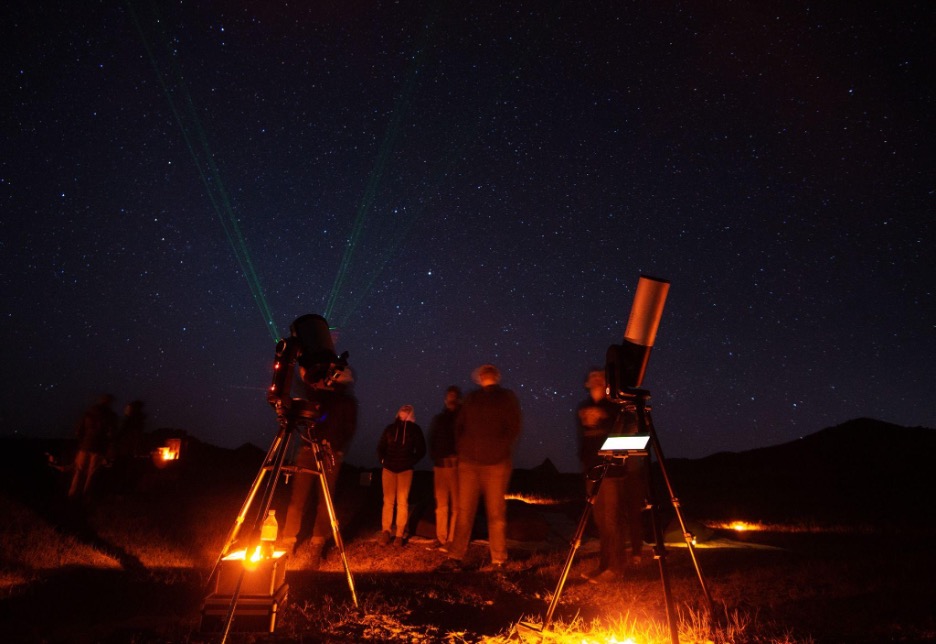
Everglades National Park (Florida)
South Florida is an LGBTQ hot spot with its soft sand beaches, colorful nightlife, great food, cruise terminals, and outrageous entertainment. Just a stone’s throw away is the Everglades National Park, a World Heritage Site, known for its great animal biodiversity, including species not found anywhere else. Picnic, paddle, walk the trails or glide over sawgrass and cattails on an exhilarating airboat adventure. The park stands as a testament to Marjory Stoneman Douglas, an American journalist, author, suffragist, and conservationist who led efforts to defend the Everglades from efforts to drain, reclaim, and develop the land. Plan to spend some time with “Gator” Tim Schwartzman and the crew at Sawgrass Recreation Park where, thanks to the park’s rescue and adoption program, you can pet an alligator, and check out more than 100 other reptiles.
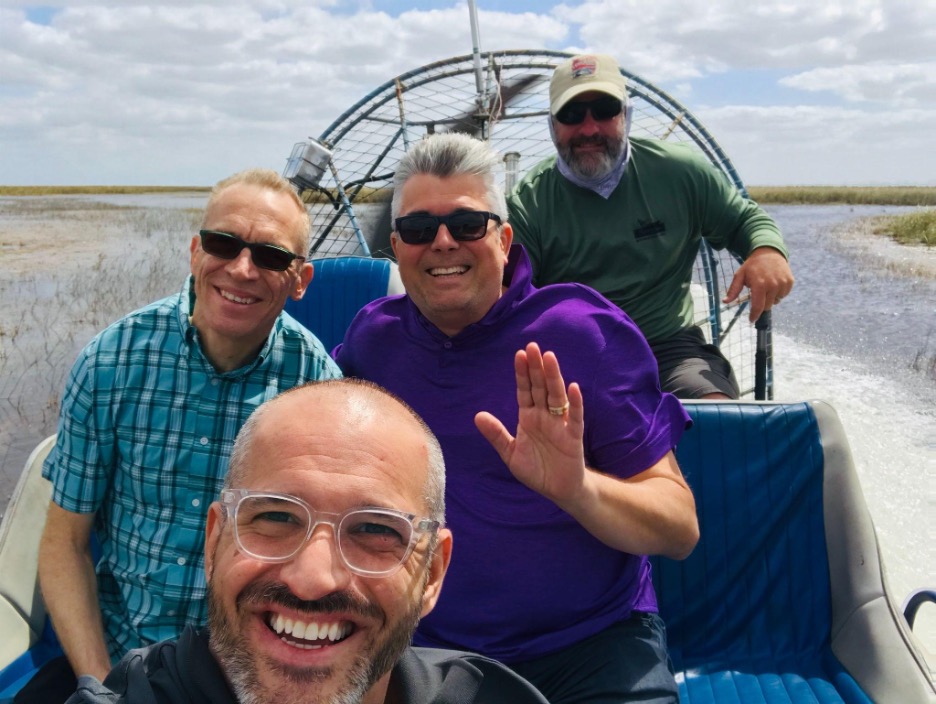
Yosemite National Park (California)
California has a lot of national parks to choose from, and you can’t go wrong with a trip to Alcatraz, Death Valley, or Joshua Tree. The Golden Gate National Recreation Area was the most visited place in the National Park system in 2019. But if you are looking for a classic national park experience, head to Yosemite. Around every corner, you’ll find cascading waterfalls, mountain views that will leave you breathless, and ancient Sequoia trees that glow in the midday sun. Yosemite National Park has 13 campgrounds so you can do as I did and spend a couple of nights camping under the stars or at the base of El Capitan. May through September, reservations are needed to drive through the park, so be sure to plan ahead.
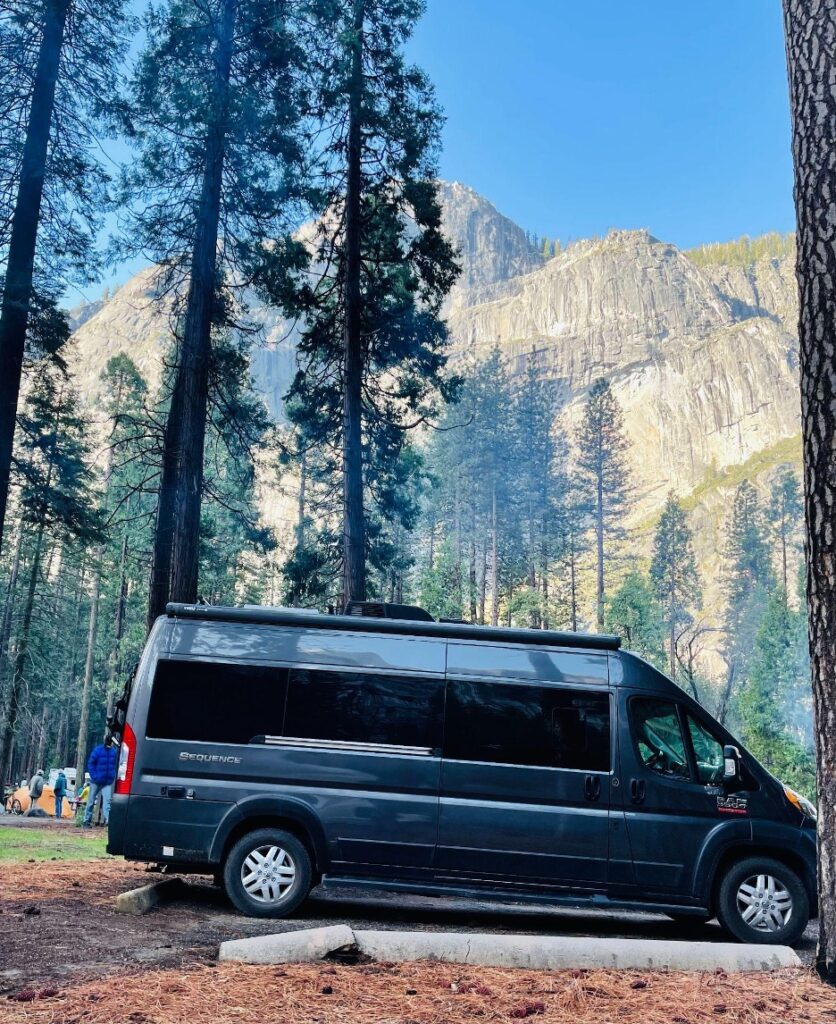
Chaco Culture National Historical Park (New Mexico)
You don’t have to go all the way to Machu Picchu to experience the center of an ancient world. The Ancestral Puebloan people left their mark in the American Southwest with massive stone buildings that are a testament to their architectural and engineering skills over the span of decades and even centuries. Far less busy than nearby Mesa Verde, Chaco Culture National Historical Park is the perfect place to explore the canyon that thousands called home through guided tours, hiking and biking trails, evening campfire talks, and night sky programs.
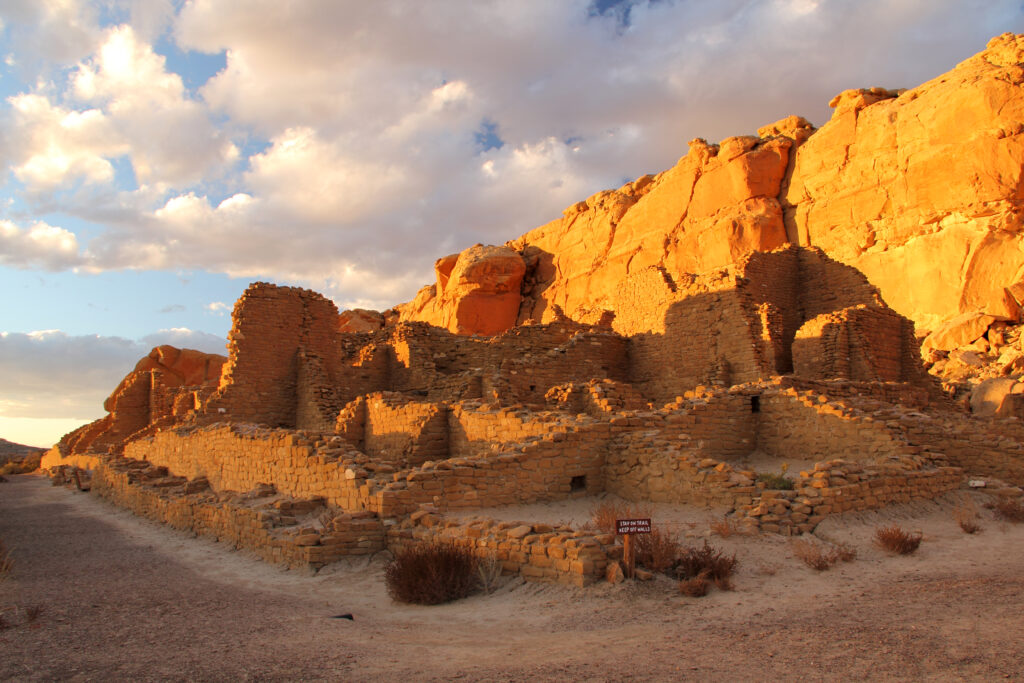
Martin Luther King Jr. National Historical Park (Georgia)
The famous civil rights leader grew up in a time of segregation and used his voice as an instrument for social change. Now you can hear his story, visit the home where he played as a child, walk in his footsteps, and hear his voice echo in the church where his unique cadence moved hearts and minds. The Martin Luther King Jr. National Historic Park is the most visited destination in Atlanta. Arrange an unforgettable walking tour with Unexpected Atlanta, a private company, to explore the Old Fourth Ward neighborhood, meet the locals, and learn about the native culture, and places that make Atlanta important.
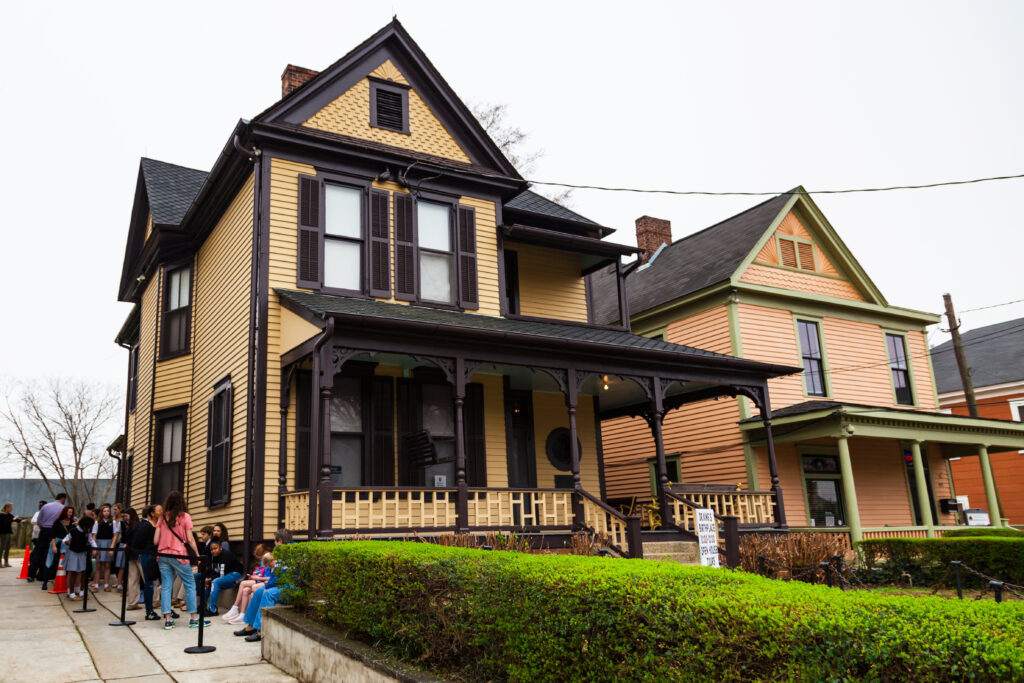
Harriet Tubman Underground Railroad National Historical Park (Maryland)
Harriet Tubman dedicated her life to freedom as an American abolitionist and social activist who helped approximately 70 enslaved people escape via the Underground Railroad, the network of antislavery activists and safe houses that operated from the late 18th century to the Civil War. Her story is retold at the Harriet Tubman Underground Railroad National Historical Park. Visitors begin to learn about this deeply spiritual woman who lived her ideals while exploring the same landscapes she used to guide people to freedom. See the home where she was born into slavery, grew into a determined young woman, and returned to rescue her family and friends. The park serves as a hub for the Harriet Tubman Underground Railroad Scenic Byway, a self-guided, scenic tour that includes more than 30 sites.
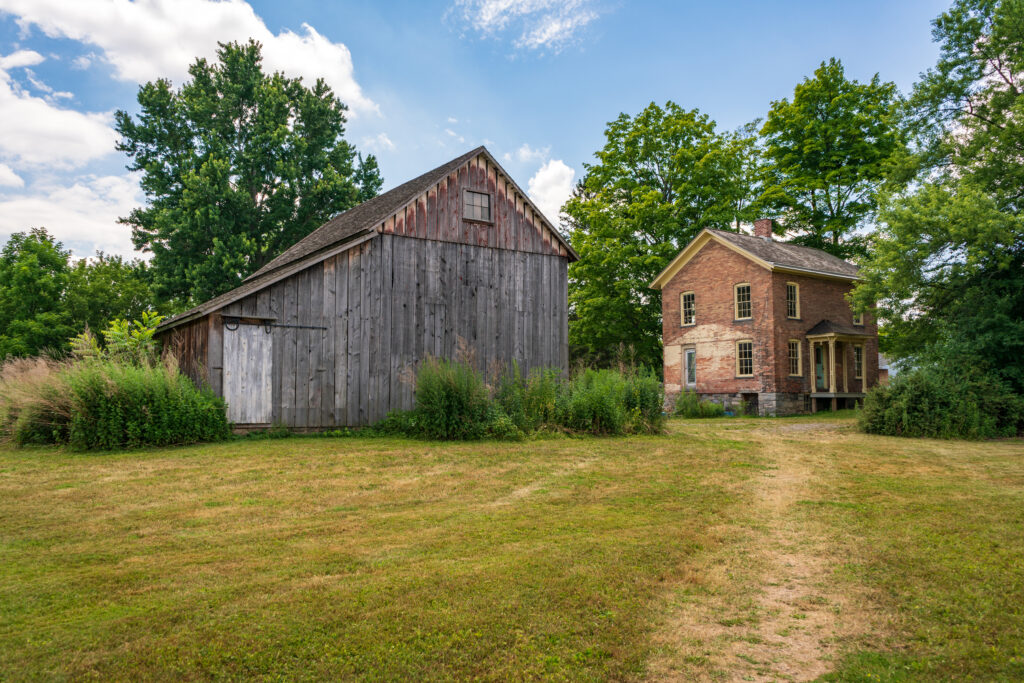
Stonewall National Monument (New York)
Who we are and nearly everything about living openly was illegal before the 1960s? The 1969 Stonewall Uprising was the catalyst for the LGBTQ civil rights movement and the pivotal event is memorialized as the Stonewall National Monument. “The sites that appeal to me as a gay man are those that have a story of equality and the fight for rights,” said John Harlan Warren, Chief of Communications for the National Park Service. “We’ve been able to uncover more LGBT stories and talk about them in frank, open dialogue with all of our visitors. We’ve always been here. If you’re looking for inspiration and looking for heroes, this is where you can go to find them. Harriet Tubman and Marsha P. Johnson were tough, and so were the suffragists and Frederick Douglas. When we see our stories merge together, it can be very inspiring to LGBTQ+ visitors; I know it is to me.”
